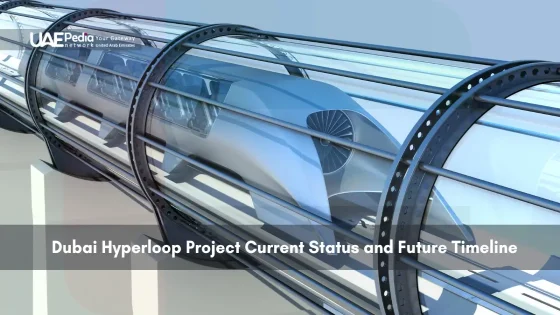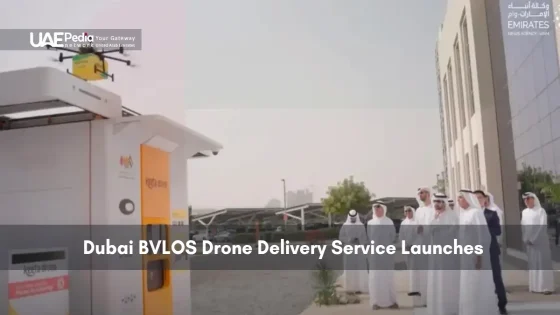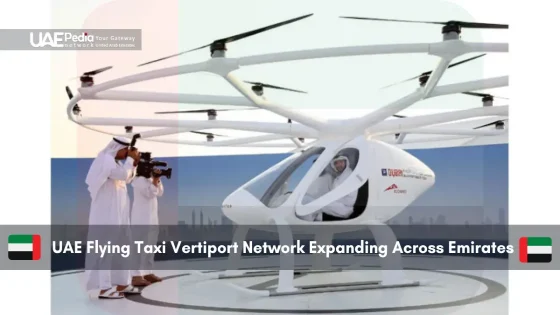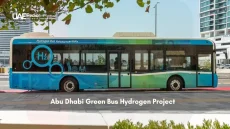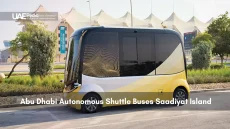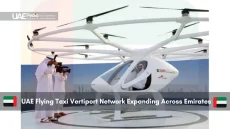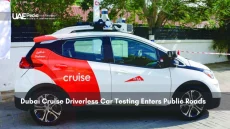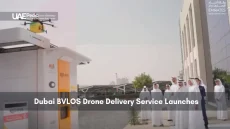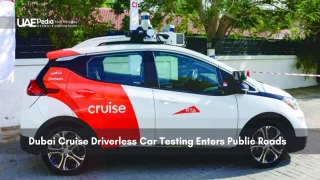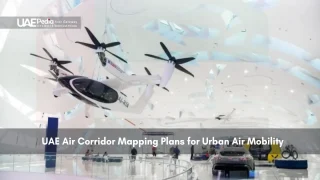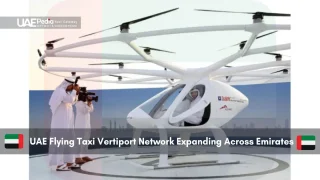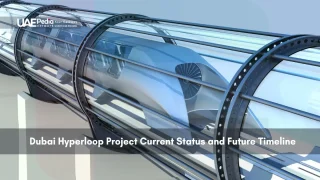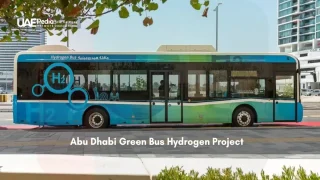What if every red light, speed camera, and emergency vehicle dispatch worked together like a symphony? In one Middle Eastern metropolis, this isn’t science fiction—it’s reality. A groundbreaking project now monitors 100% of roadways through hidden networks of sensors and real-time data analysis, slashing congestion while keeping millions moving safely.
At its core lies a nerve center combining artificial intelligence with IoT devices—think of it as air traffic control for asphalt. This approach blends predictive analytics with adaptive signal timing, cutting response times during accidents by over 40%. The tech quietly adjusts routes during peak hours, easing bottlenecks before they form.
Such innovations align with the UAE’s public administration standards, prioritizing efficiency without compromising safety. Early results? Fewer gridlocked mornings, smoother commutes, and a blueprint other global cities are racing to replicate.
- AI-driven predictions prevent jams before they start
- Instant incident detection slashes emergency response delays
- Seamless tech integration across 2,400+ km of roads
Overview of Dubai’s Traffic Transformation
Picture a puzzle where every piece—cameras, sensors, AI—snaps into place to create seamless movement. That’s the story behind this emirate’s road revolution. What began as a pilot project in 2010 now watches over 60% of major routes, with ambitions to blanket every street by 2026.
Evolution from Initial Implementation to Present
Early efforts focused on basics: synchronized signals and manual incident reporting. But the real game-changer arrived when artificial intelligence entered the mix. By 2018, over 300 surveillance cameras and smart sensors formed the backbone of these upgrades. Roads began “talking” to control centers, sharing real-time data like impatient drivers tapping their steering wheels.
RTA reports show how phased expansions turned fragmented tech into a unified network. Think of it as upgrading from flip phones to 5G—each iteration adding layers of responsiveness. BCG analysis credits this crawl-walk-run approach for avoiding the pitfalls other cities face when overhauling infrastructure overnight.
Key Milestones and Achievements
The numbers tell their own story:
- 400+ AI-powered monitoring devices deployed since 2020
- Response times cut by 53% during evening rush hours
- Road network coverage doubling every 4 years
These intelligent traffic systems don’t just react—they predict. Machine learning algorithms now forecast congestion patterns weeks in advance, letting planners adjust before bottlenecks form. It’s like weather forecasting for asphalt, complete with digital “umbrellas” to keep commutes dry.
Next up? How these behind-the-scenes wizardry translates to smoother daily journeys—from adaptive traffic lights to emergency vehicles that practically part seas of cars.
How the dubai smart traffic management system Enhances Urban Mobility
Consider a city where traffic jams dissolve before they form. That’s the magic happening beneath your tires here—roads that think, signals that adapt, and a network humming with invisible conversations between asphalt and algorithms.
When Infrastructure Learns to Listen
Over 8,000 sensors now feed live updates to central command—like neurons firing across a digital nervous system. This tech web links every major intersection, creating ripple effects that smooth out snarls:
| Feature | Traditional Setup | Intelligent Upgrade |
|---|---|---|
| Signal Timing | Fixed schedules | Live congestion adjustments |
| Emergency Routing | Manual override | Automatic green wave creation |
| Data Use | Monthly reports | Instant pattern analysis |
One project transformed Sheikh Zayed Road—the city’s main artery—by syncing 47 signals over 25 km. Morning commutes dropped 22 minutes on average. As a transport engineer told us: “We’re not just managing traffic—we’re choreographing it.”
From Detection to Action in Record Time
Last year’s upgrades slashed incident response durations dramatically. Here’s how it works when sensors spot trouble:
| Metric | 2019 | 2024 |
|---|---|---|
| Accident Detection | 4.2 minutes | 38 seconds |
| Tow Truck Dispatch | 9 minutes | 3.5 minutes |
| Lane Clearance | 17 minutes | 6 minutes |
Big data crunches historical patterns and live feeds, predicting where fender-benders might occur. It’s like having a crystal ball for potholes and peak hours. Daily drivers feel the difference—less honking, more moving.
Innovative Technologies Driving Intelligent Traffic Systems
Imagine streetlights that whisper to each other and digital signs that guide you like a friendly local. This city’s roads now run on a trio of tech superheroes: AI that thinks faster than rush hour, sensors that feel every pothole, and signs that speak in real-time updates. Let’s peek under the hood.
Artificial Intelligence, Big Data, and IoT Applications
Picture 15,000 devices chatting nonstop—traffic cameras, vehicle sensors, even weather monitors. AI sorts this data avalanche, spotting patterns humans miss. One algorithm predicts gridlock 20 minutes before it forms, rerouting cars like water finding a new path. IoT devices act as the project’s nervous system, feeding live road conditions to central command.
| Tech | Role | Impact |
|---|---|---|
| AI | Predicts congestion | Reduces travel time by 18% |
| Big Data | Analyzes historical patterns | Cuts accident rates by 27% |
| IoT | Monitors road surfaces | Flags potholes within 90 seconds |
Leveraging Variable Message Signs and Advanced Communication Systems
Those glowing signs overhead? They’re the city’s megaphone. Variable message signs do more than warn—they suggest alternate routes, share parking availability, even display emergency alerts. During sandstorms, they automatically adjust speed limits while coordinating with nearby traffic lights.
Advanced fiber networks keep everything connected. Data zips between field devices and control centers at speeds that’d make your home Wi-Fi blush. As recent infrastructure studies show, this tech web handles 4.7 million data points daily—enough to fill 1,000 novels every hour.
Project Infrastructure and MEP Innovations
The Traffic Management Centre resembles a spaceship cockpit. Touchscreens display live feeds from 800+ cameras, while MEP systems keep servers humming through desert heat. Compared to Singapore’s system, this setup processes data 40% faster while using 15% less energy.
Future plans? Think solar-powered sensors and 5G-enabled traffic lights. Because in the race against congestion, standing still means falling behind.
Looking Ahead: Dubai’s Road to a Smarter Transportation Future
Imagine roads that breathe—expanding and contracting like living arteries during rush hours. That’s the vision behind Phase II upgrades rolling out through 2026. The transport authority plans to blanket every main corridor with intelligent sensors, creating a unified network spanning 710 km. Think of it as giving the city a sixth sense for smoother commutes.
New technologies will push boundaries further. Expect 5G-connected traffic lights that adjust to real-time conditions and predictive algorithms fine-tuned by millions of travel patterns. Early tests show these upgrades could shave 15% off peak-hour times by 2025.
The roadmap doesn’t stop there. Over 2,000 additional smart devices will join the existing network, from license plate readers to weather-responsive signs. This web of advanced communication systems aims to make unexpected delays as rare as rain in July.
As these technologies evolve, they’re setting a blueprint for cities worldwide. The transport authority continues redefining urban mobility—one algorithm, one sensor, one green light at a time. Ready to see where the journey leads next?
AI analyzes real-time data from sensors, cameras, and connected devices to predict congestion patterns. It dynamically adjusts traffic light timings, reroutes vehicles via variable message signs, and prioritizes high-demand corridors—like Sheikh Zayed Road—during peak hours.
Internet of Things (IoT) sensors embedded in roads and infrastructure monitor vehicle speeds, accident hotspots, and pedestrian activity. This data syncs with Dubai Roads and Transport Authority’s (RTA) central platform, enabling instant adjustments to traffic flow and incident alerts through advanced communication systems.
Absolutely! These digital boards—strategically placed on highways like Al Khail Road—display live updates about accidents, construction zones, or detours. Drivers receive instant rerouting suggestions, preventing pile-ups and keeping major arteries like Business Bay Crossing fluid.
Cameras with AI-powered incident detection trigger alerts within seconds. Dubai Police and RTA patrols are dispatched automatically, while adaptive traffic signals clear paths for emergency vehicles—slashing average response times to under 8 minutes citywide.
Yes! Plans include smart lanes for electric buses, expanded cycling track synchronization, and priority signaling for shared mobility services. The RTA’s 2030 vision aims to cut carbon emissions by 30% while maintaining 95% on-time public transit arrivals.

